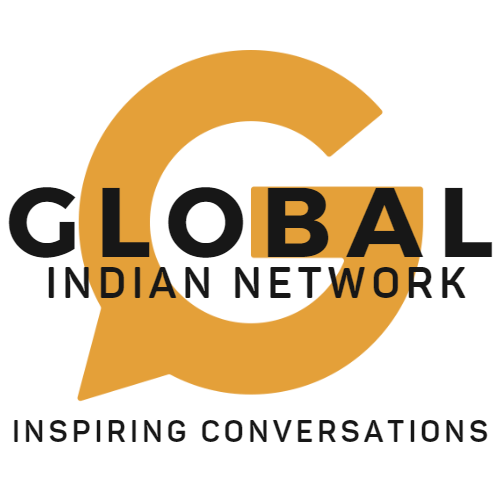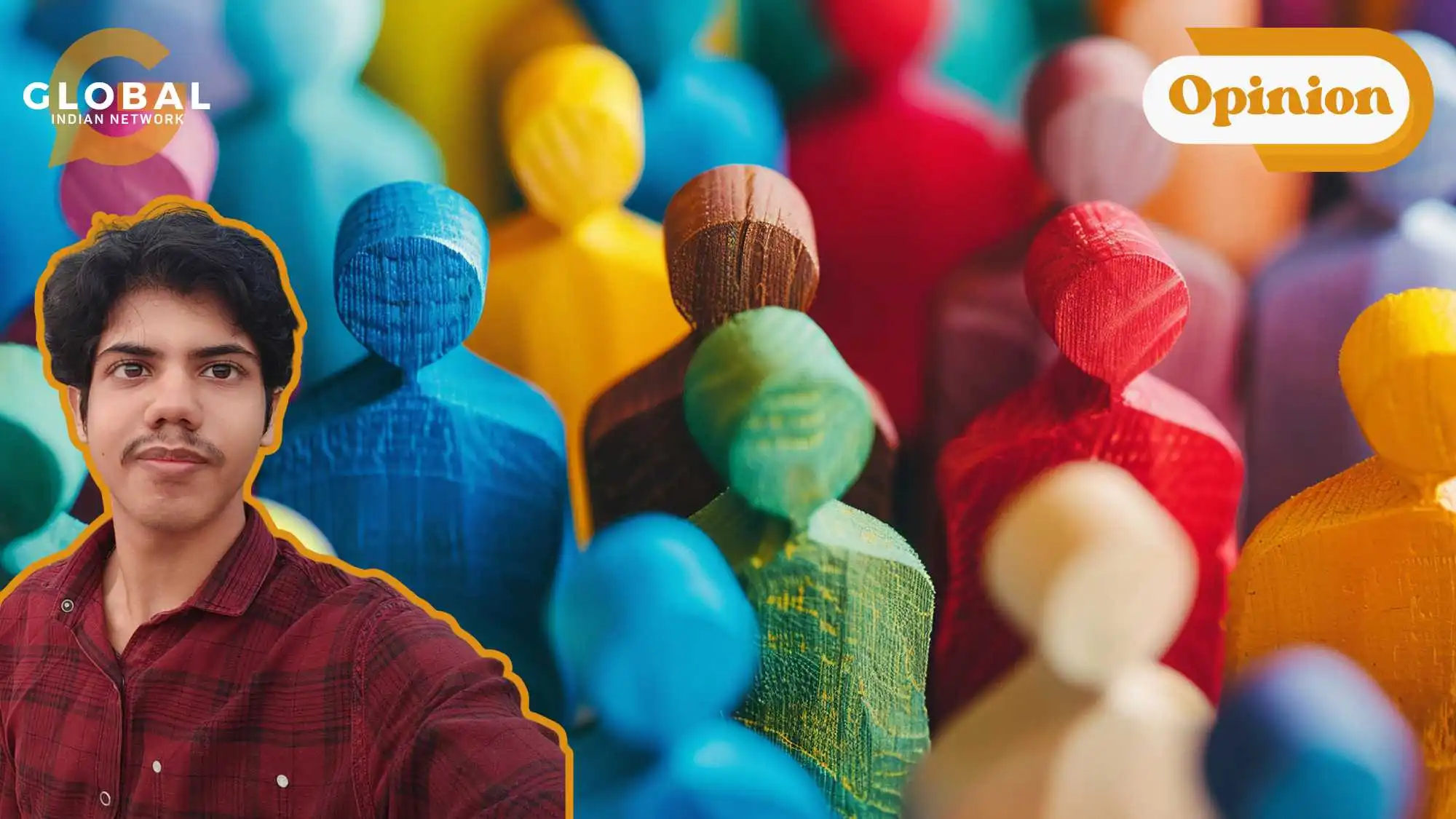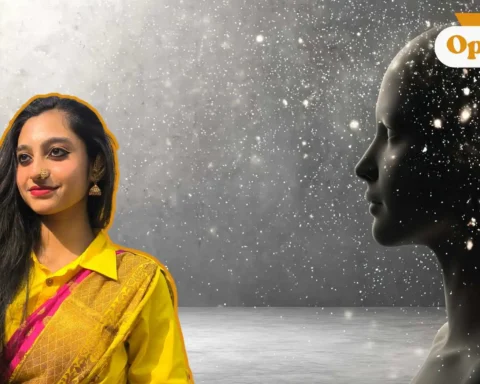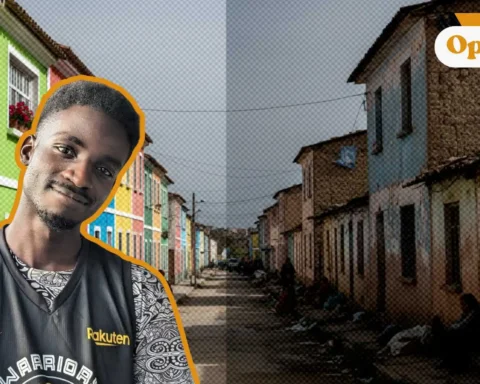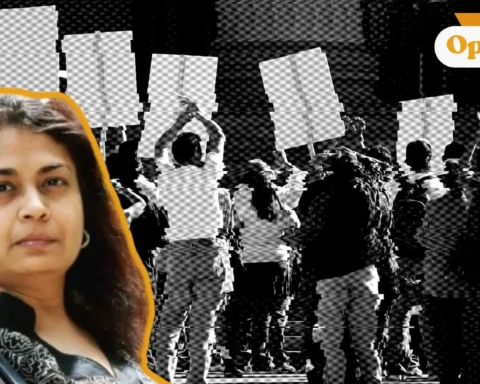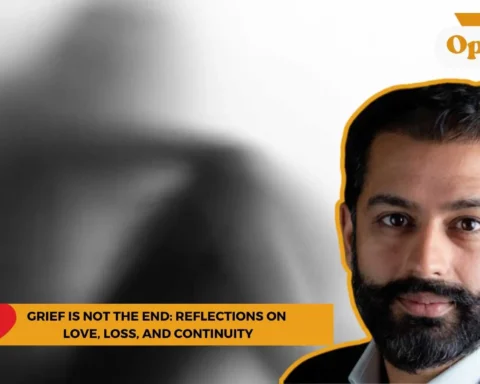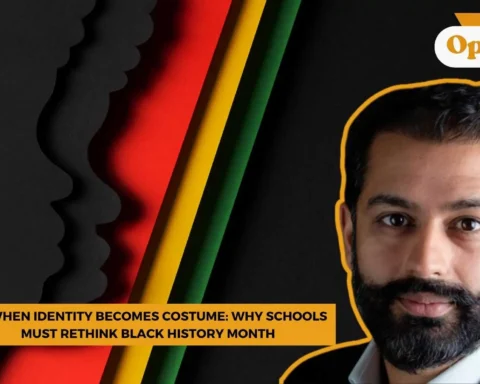India is among the most culturally diverse nations in the world, with more than 122 major languages and a great number of dialects spoken on its enormous territory. India is built on its cultural diversity, which involves a variety of religions, festivals, traditions, and customs. Such abundant richness raises a crucial question: Does this diversity unite India’s national identity, or is it a source of fragmentation?
Cultural Diversity in India: A Strength or a Challenge?
Cultural diversity in India is observable in language, religion, and ethnic differences. The population of the Indians who use Hindi is about 41 percent, yet there are 121 other languages with an official status, which promotes the idea of inclusiveness of the country. India has the largest Hindu, Sikh, and Jain population and the third largest Muslim population in the world in terms of religion.
This diversity acts both as a source of strength and a challenge. It glorifies the co-existence of diverse cultures, which encourages plurality and tolerance. However, linguistic and religious diversities sometimes fuel regional tensions or political divides, where local identities risk overshadowing the broader national identity. Striking a balance between the need to celebrate cultural diversity in India and promoting unity is one of the most important elements in the preservation of the democratic ethos in India.
When Regional Pride Confronts National Unity
The support of regional languages, festivals, and other expressions of culture has increased over the last few years. On the one hand, it maintains heritage and local pride. Conversely, unregulated regionalism would endanger the cultural heterogeneity of India, turning it into a form of social division. Indicatively, linguistic pride is so deep that states have been established along language boundaries, which brings administrative effectiveness but sometimes gives rise to rivalry in the sharing of resources and political authority, as well.
However, the constitutional arrangement in India promotes peaceful co-existence in the country because it guarantees that diversity in India is a strength of democracy and not a weakness. This vision can be exemplified by the motto of “Unity in Diversity”, which India has, according to which diverse identities do not divide the country but enrich it.

Festivals and Religion: Unifying Threads in Diversity?
Festivals of India are an ideal representation of how cultural diversity in India can bring them together. Diwali, Eid, Christmas, and local holidays such as Onam or Baisakhi unite people of diverse faiths and social statuses and help them cross the boundaries and respect each other. Such festivals not only conserve glorious cultural art but also provide an avenue where group identity is put to the forefront.
But, behind these colorful celebrations, the undertones of societal inequalities and social conflict are always present in terms of caste systems, sex disparities, and religious beliefs. The real challenge to our cultural diversity in the country is not only the harmony we see in festivals, but also the active and ongoing attempt to bridge such systematic rifts. These challenges must be fully addressed to create a truly inclusive society through social reform, equal opportunity, education, and by fostering a sense of respect across communities. This can be achieved by ensuring that every citizen, regardless of caste, gender, or faith, is fully engaged in the pluralistic identity and democratic promise of India.
Power Dynamics and National Narrative
The narrative of cultural diversity in India is mediated by the power structures that determine what cultures are promoted in the public and what ones are marginalized. There is often a clash of authentic pluralism, where dominant groups tend to overshadow the traditions of the minorities. It is by correcting such inequalities that better and more balanced representation in media, education, and governance can be achieved, which reflects the citizens of India in all its diversity.
Looking Forward: Embracing Complexity for a Stronger India
India is dependent on the acceptance of complexities of cultural differences in the country in terms of progressive policies and open discussion to determine its success in the future. Education that builds intercultural knowledge, media that give a voice to the marginalized, and a government that safeguards linguistic and religious pluralism are essential.
The identity of India is not fixed but a moving work in progress and a living testimony to coexistence in diversity. By adhering to the ideals that embrace disparity without segregation, cultural diversity in India will become the ultimate strength of the country and a point of respect to the whole world.
Conclusion
Cultural diversity in India is a force that is both dynamic and powerful, and can both tear a nation apart or bind it together. Having more than a billion people, hundreds of languages, and a multiplicity of religions and traditions, the real unity of India consists in the ability to respect this diversity in a considerate and inclusive way. Cultural pluralism in India can be the pillar of an enriched and integrated national identity that respects all voices through dialogue, respect, and fair representation.

Let us know your thoughts. If you have burning thoughts or opinions to express, please feel free to reach out to us at larra@globalindiannetwork.com.
